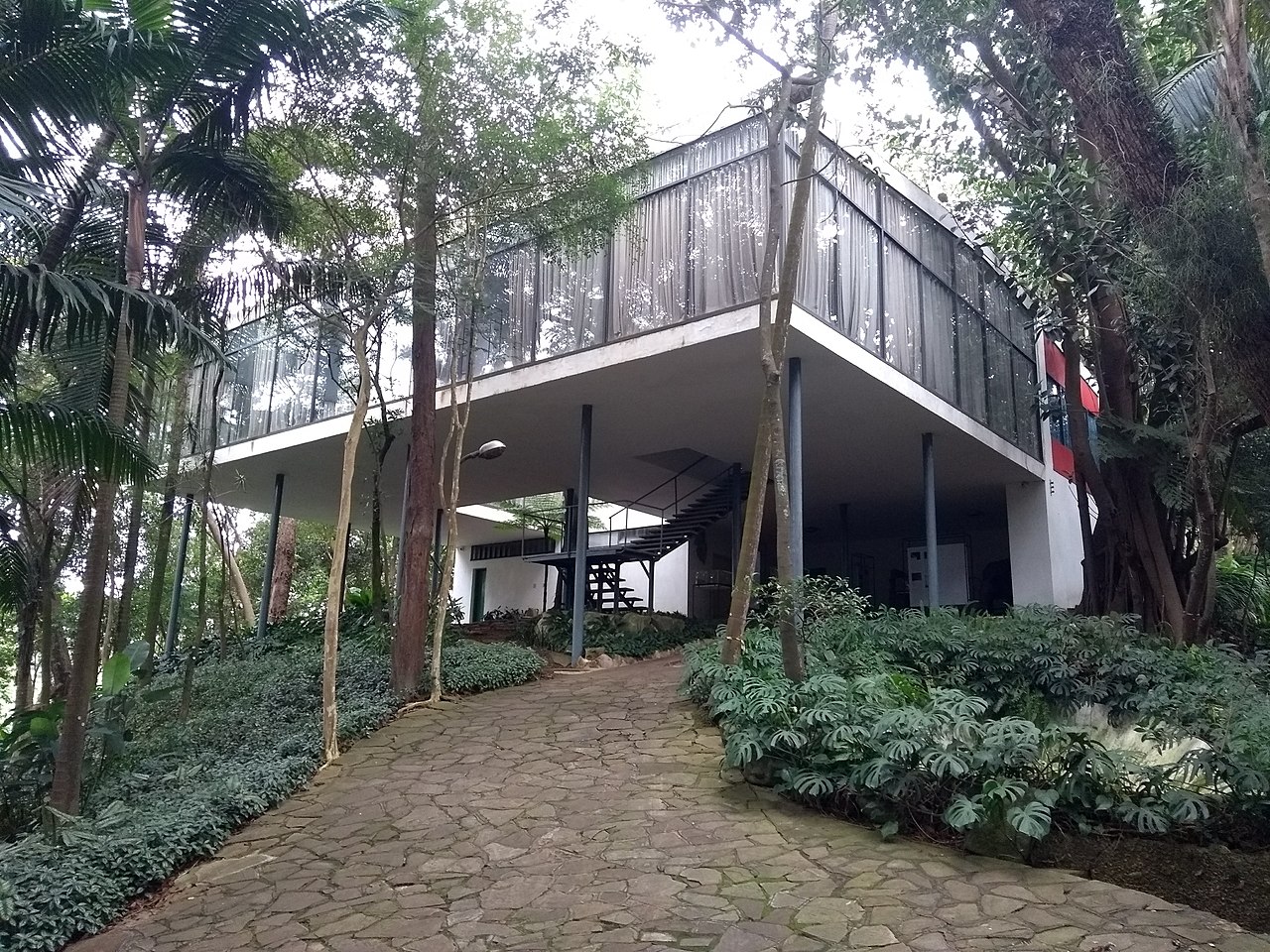Countless architects and designers across the world and throughout history share the same passion and appreciation for Modernist design that we hold at Optima. One of our industry’s greatest delights is exploring how design translates through the lenses of other cultures and countries. Today, we’re exploring the ever-important Modernist movements from South America.
Modernismo in Brazil
Modernisimo, founded in Brazil, began in the wake of World War I and influenced Modernist movements around the world. A rebellion against European artistic and aesthetic influence, Modernismo brought Brazilian life and thought into the modern era through the celebration of the culture’s rich traditions of folklore, architecture, art and style.
By the 1930s, after decades of success, Modernisimo splintered into factions of artists, thinkers and creatives, but the movement’s influence on later art, sculpture, literature and architecture remains prominent. Brazilian architects and designers such as Lina Bo Bardi adopted concepts of Modernisimo in their own practices, creating world-renowned structures that are still celebrated and used today.

Other Movements
Brazil is not the only South American country with a strong Modernist legacy. In Colombia, Venezuela, Mexico and Argentina, Modernism involved active divergence from Spanish influences and was a form of artistic and political protest.
Architects such as Luis Barragán in Mexico and Carlos Raúl Villanueva in Venezuela began designing structures that departed from classic European designs to create a modern visual vocabulary celebrating the traditions and legacies of their home countries. These architects became globally renowned for their work and are considered among the founders of Modernism.
The Casa Luis Barragán in Mexico City, designed by Barragán, is one of the most internationally transcendent pieces of contemporary architecture in the world. Composed of smooth grey, orange, pink and brown cement façades, the structure served as Barragán’s private residence and studio and took influence from Mexican tradition and vernacular. It is the only individual property in Latin America that is listed as a United Nations Education, Scientific and Cultural Organization World Heritage Site.
Similarly, Raúl Villanueva’s design for the campus and buildings of the Ciudad Universitaria de Caracas utilized Modernist principles and Venezuelan cultural history combined with urban and architectural planning to construct Venezuela’s center of higher education.
Like all artistic movements, South American Modernism served as inspiration for and reflection of Modernist movements internationally, including Europe and America. Today, the impact of the postwar South American Modernist movements can be found abroad and in the work of many famed architects.
With Optima’s strong connection to Modernism, we continue to study, admire and garner inspiration from the rich traditions that took root in other cultures and remain relevant and vital today.

